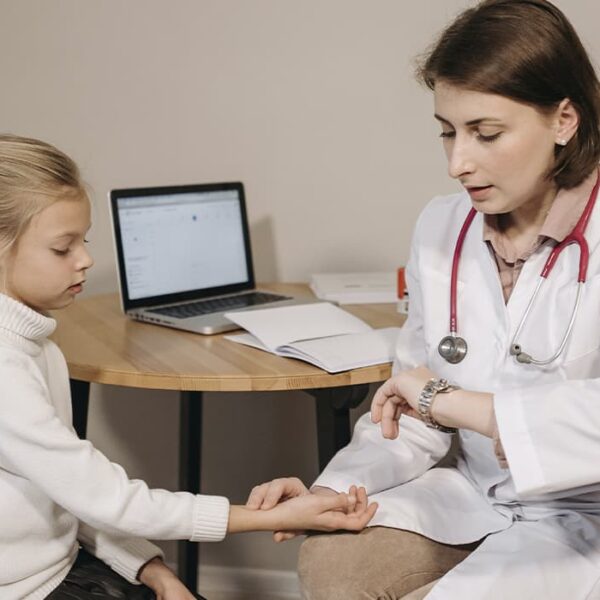Modern healthcare is the area in which the Internet of Things is most widespread. For example, analysts from IDC have calculated that the wearable device segment alone will total $222 million in 2021 (in 2017, the market was $113.2 million). The total number of connected medical devices worldwide is expected to grow from 10 billion to 50 billion over the next 10 years.
The Internet of Medical Things (IoMT, Health IoT) is an infrastructure of smart devices, software, healthcare systems and individual smart services. IoMT is improving and evolving the healthcare industry, helping to provide care remotely and collect more patient information. Conventionally, all medical IoT devices and solutions can be divided into two types:
Those designed for hospitals and the professionals who work in them;
those aimed at the average user, i.e. the patient.
Smart devices (e.g., smart gadgets, sensors, heart rate meters) collect and process data, such as general health indicators, allergic reactions, test results. They help medical staff quickly generate personal statistics on patients and their medical records. At the same time, doctors can use information from the connected systems to treat patients more effectively, provide them with timely and appropriate care, and prevent exacerbations of chronic diseases.
The main benefits of using smart gadgets and smart medical solutions are:
hospital staff mobility and productivity are improved;
faster processing of patient data;
the risk of error and miscalculation due to human error is reduced;
lower treatment costs.
According to a 2017 Accenture study, three-quarters of healthcare executives believe IoT will revolutionize medicine in the next few years. This mainly applies to three areas: remote patient monitoring, prevention of chronic exacerbations (through wearable devices) and information collection.
So what are the trends in the use of IoT for the medical field in today’s market and how can it help patients and healthcare professionals now?
Smart patient monitoring
IoMT helps monitor the condition of equipment in wards, monitor the condition of severe patients with the help of special sensors. Thus, such devices are able to monitor and control the health of patients from the moment they arrive at the clinic, collect and update data on them without the involvement of junior medical staff (which saves time and resources).
Smart sensors, which are used in medical facilities, are most often located on hospital beds. For example, SMI makes special sensors that prevent bedsores in heavy patients. They measure the pressure on the mattress and help to distribute it properly so that the person does not get ulcers. There are also devices that monitor heart rate and breathing. They monitor patients’ vital signs and alert hospital staff if critical changes occur.
And Florida Hospital Celebration Health uses special badges with sensors that track the movement of all people inside the clinic: both medical staff and patients. This allows them to optimize the work inside the facility: to place drug storages with maximum convenience, to create staff work schedules, and to assign patients to wards.
How to remotely monitor the condition of patients
But sensors, gadgets and other smart devices are not only used in medical institutions. One of the most important features of IoMT solutions is that they allow you to provide some medical services as well as monitor health remotely.
Remote health monitoring, or telemedicine, makes it possible to:
collect data about a patient’s health even before he or she visits the doctor directly;
Consult people remotely on urgent issues;
Chart a patient’s activities and chronic disease manifestations;
quickly provide care in critical cases (e.g., strokes).
At the same time, instead of medical workers, basic actions are performed by various devices in conjunction with smart applications. For example, Shirley Ryan AbilityLab, a special flexible gadget, is used to rehabilitate patients after a stroke. They are attached to the neck to monitor the ability to swallow, as well as to monitor speech disorders (aphasia).
In this way, a patient who has had a stroke can be at home and go about their daily activities, rather than lying in the hospital, wrapped in wires. All information is tracked in real time and speeds up the person’s rehabilitation.
